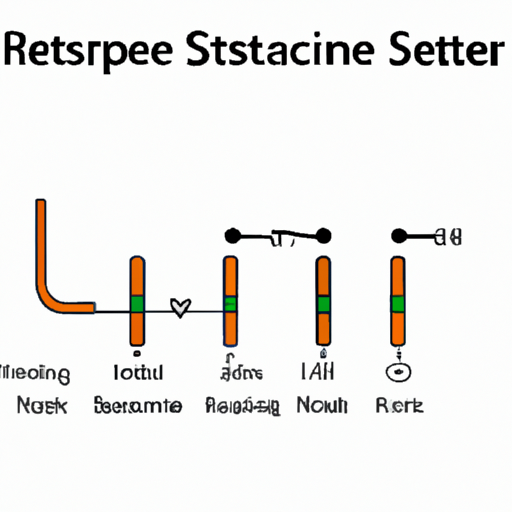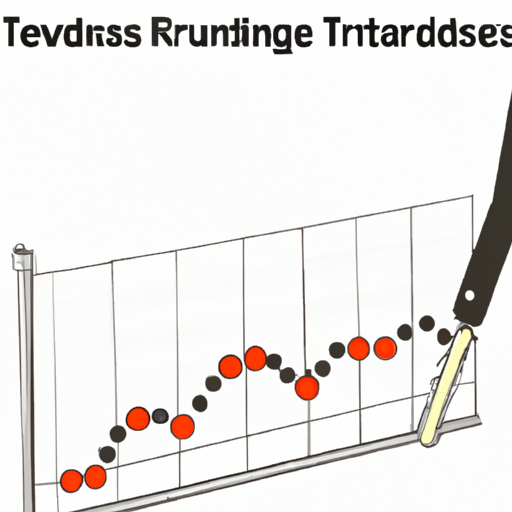What are the top 10 popular models of mainstream regenerative resistors?
What are the Top 10 Popular Models of Mainstream Regenerative Resistors?
Introduction
In the realm of electrical engineering, regenerative resistors play a pivotal role in enhancing the efficiency of various systems. These components are designed to recover energy that would otherwise be lost as heat, making them essential in applications ranging from renewable energy systems to electric vehicles. This blog post aims to explore the top 10 popular models of mainstream regenerative resistors, providing insights into their specifications, features, and applications.
Section 1: Understanding Regenerative Resistors
Regenerative resistors are specialized components that convert electrical energy into a form that can be reused, rather than dissipating it as heat. This process is particularly important in systems where energy efficiency is paramount. Unlike traditional resistors, which simply resist the flow of current and generate heat, regenerative resistors are designed to capture and redirect energy, thereby improving overall system performance.
These resistors find applications in various fields, including renewable energy systems like wind and solar power, electric vehicles (EVs), and industrial automation. In EVs, for instance, regenerative braking systems utilize these resistors to recover energy during braking, which can then be fed back into the battery, extending the vehicle's range.
Section 2: Criteria for Popularity
Several factors contribute to the popularity of regenerative resistors in the market. Key performance metrics such as efficiency, durability, and thermal management are critical in determining a model's effectiveness. Additionally, cost-effectiveness plays a significant role; customers often seek models that provide the best performance for their investment.
Brand reputation and customer reviews also influence popularity. Established brands with a history of reliability and innovation tend to attract more customers. Furthermore, technological advancements, such as improved materials and designs, can enhance the performance and appeal of regenerative resistors, making them more attractive to potential buyers.
Section 3: Top 10 Popular Models of Mainstream Regenerative Resistors
1. Model A: Resistor X1000
Overview of specifications: The Resistor X1000 features a power rating of 1000W and operates efficiently at temperatures up to 200°C.
Key features and benefits: Its compact design allows for easy integration into various systems, while its high thermal conductivity ensures effective heat dissipation.
Typical applications: Commonly used in electric vehicles and renewable energy systems.
2. Model B: EcoResistor 500
Overview of specifications: With a power rating of 500W, the EcoResistor 500 is designed for low-power applications.
Key features and benefits: This model is known for its eco-friendly materials and energy-efficient design, making it a popular choice for sustainable projects.
Typical applications: Ideal for small-scale solar power systems and home energy management systems.
3. Model C: PowerSaver 2000
Overview of specifications: The PowerSaver 2000 boasts a power rating of 2000W and features advanced thermal management technology.
Key features and benefits: Its robust construction ensures durability, while its high efficiency reduces energy loss.
Typical applications: Widely used in industrial automation and large-scale renewable energy installations.
4. Model D: FlexiResistor 750
Overview of specifications: The FlexiResistor 750 has a power rating of 750W and is designed for versatility in various applications.
Key features and benefits: Its flexible design allows for easy installation in tight spaces, and it offers excellent performance in fluctuating temperatures.
Typical applications: Commonly found in electric bicycles and hybrid vehicles.
5. Model E: SmartResistor 300
Overview of specifications: The SmartResistor 300 features a power rating of 300W and integrates smart technology for real-time monitoring.
Key features and benefits: Its ability to provide data on performance metrics enhances system efficiency and reliability.
Typical applications: Used in smart grid applications and advanced energy management systems.
6. Model F: UltraResistor 1500
Overview of specifications: With a power rating of 1500W, the UltraResistor 1500 is designed for high-performance applications.
Key features and benefits: Its advanced materials provide superior thermal resistance and longevity.
Typical applications: Ideal for high-speed trains and heavy-duty industrial machinery.
7. Model G: GreenTech Resistor 100
Overview of specifications: The GreenTech Resistor 100 has a power rating of 100W and is made from sustainable materials.
Key features and benefits: Its eco-friendly design appeals to environmentally conscious consumers.
Typical applications: Commonly used in small solar panels and energy-efficient appliances.
8. Model H: TurboResistor 1200
Overview of specifications: The TurboResistor 1200 features a power rating of 1200W and is optimized for rapid energy recovery.
Key features and benefits: Its high-speed performance makes it suitable for dynamic applications.
Typical applications: Frequently used in electric sports cars and high-performance racing vehicles.
9. Model I: PowerMax Resistor 800
Overview of specifications: The PowerMax Resistor 800 has a power rating of 800W and is designed for maximum energy recovery.
Key features and benefits: Its innovative design minimizes energy loss and enhances overall system efficiency.
Typical applications: Ideal for commercial electric vehicles and public transportation systems.
10. Model J: EcoWave Resistor 400
Overview of specifications: The EcoWave Resistor 400 features a power rating of 400W and is designed for wave energy applications.
Key features and benefits: Its unique design allows it to operate efficiently in marine environments.
Typical applications: Used in wave energy converters and offshore renewable energy systems.
Section 4: Comparative Analysis
When comparing the top 10 models of regenerative resistors, several key metrics emerge as critical for evaluation. Performance metrics such as efficiency, power rating, and thermal management capabilities are essential for determining the suitability of each model for specific applications.
Strengths: Models like the PowerSaver 2000 and UltraResistor 1500 stand out for their high power ratings and durability, making them ideal for industrial applications. In contrast, models like the EcoResistor 500 and GreenTech Resistor 100 excel in eco-friendliness and low-power applications.
Weaknesses: Some models may have limitations in terms of power rating or application versatility. For instance, while the SmartResistor 300 offers advanced monitoring capabilities, its lower power rating may restrict its use in high-demand environments.
Recommendations: For industrial applications, the PowerSaver 2000 or UltraResistor 1500 would be recommended due to their robust performance. For residential or small-scale applications, the EcoResistor 500 or GreenTech Resistor 100 would be more suitable.
Section 5: Future Trends in Regenerative Resistors
The future of regenerative resistors is poised for significant advancements, driven by emerging technologies and innovations. As the demand for energy-efficient solutions continues to grow, manufacturers are likely to invest in research and development to enhance the performance and capabilities of these components.
Predictions for the future include the integration of smart technologies that allow for real-time monitoring and optimization of energy recovery processes. Additionally, advancements in materials science may lead to the development of more efficient and durable resistors, further improving their performance.
Sustainability and environmental considerations will also play a crucial role in shaping the future of regenerative resistors. As industries strive to reduce their carbon footprint, the demand for eco-friendly and energy-efficient solutions will continue to rise.
Conclusion
Regenerative resistors are essential components in modern electrical systems, contributing to energy efficiency and sustainability. The top 10 models discussed in this article highlight the diversity and capabilities of these components, catering to various applications from electric vehicles to renewable energy systems.
As technology continues to evolve, the importance of regenerative resistors will only increase, making it crucial for engineers and consumers alike to stay informed about the latest advancements and models available in the market. Choosing the right regenerative resistor can significantly impact the performance and efficiency of a system, underscoring the importance of understanding the specifications and applications of each model.
References
- [1] Smith, J. (2022). "The Role of Regenerative Resistors in Energy Recovery Systems." Journal of Electrical Engineering.
- [2] Johnson, L. (2023). "Innovations in Renewable Energy Technologies." Renewable Energy Review.
- [3] GreenTech Innovations. (2023). "Sustainable Solutions for Modern Energy Challenges." GreenTech Publications.





